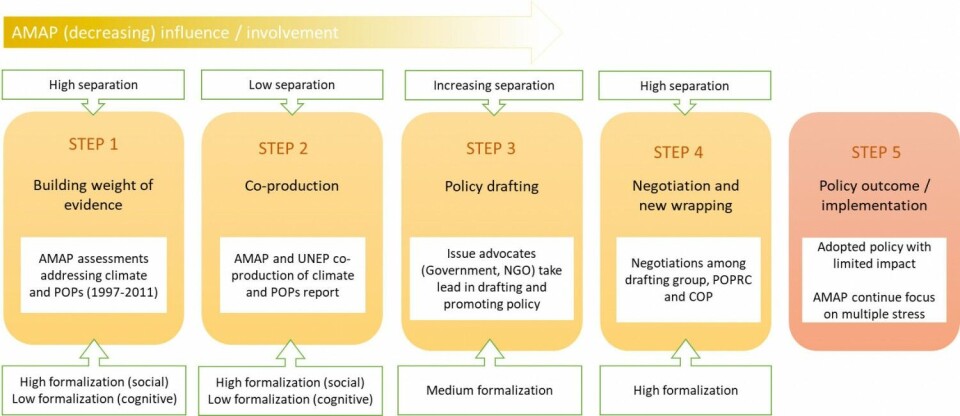
Addressing multiple stressors: Arctic science and the Stockholm Convention
The process of translating scientific knowledge into policy is not straightforward. In the Arctic, the speed of change and the complexity of multiple environmental stressors makes this process particularly challenging. The science on multiple stress is growing, but has it been translated into policy?

















